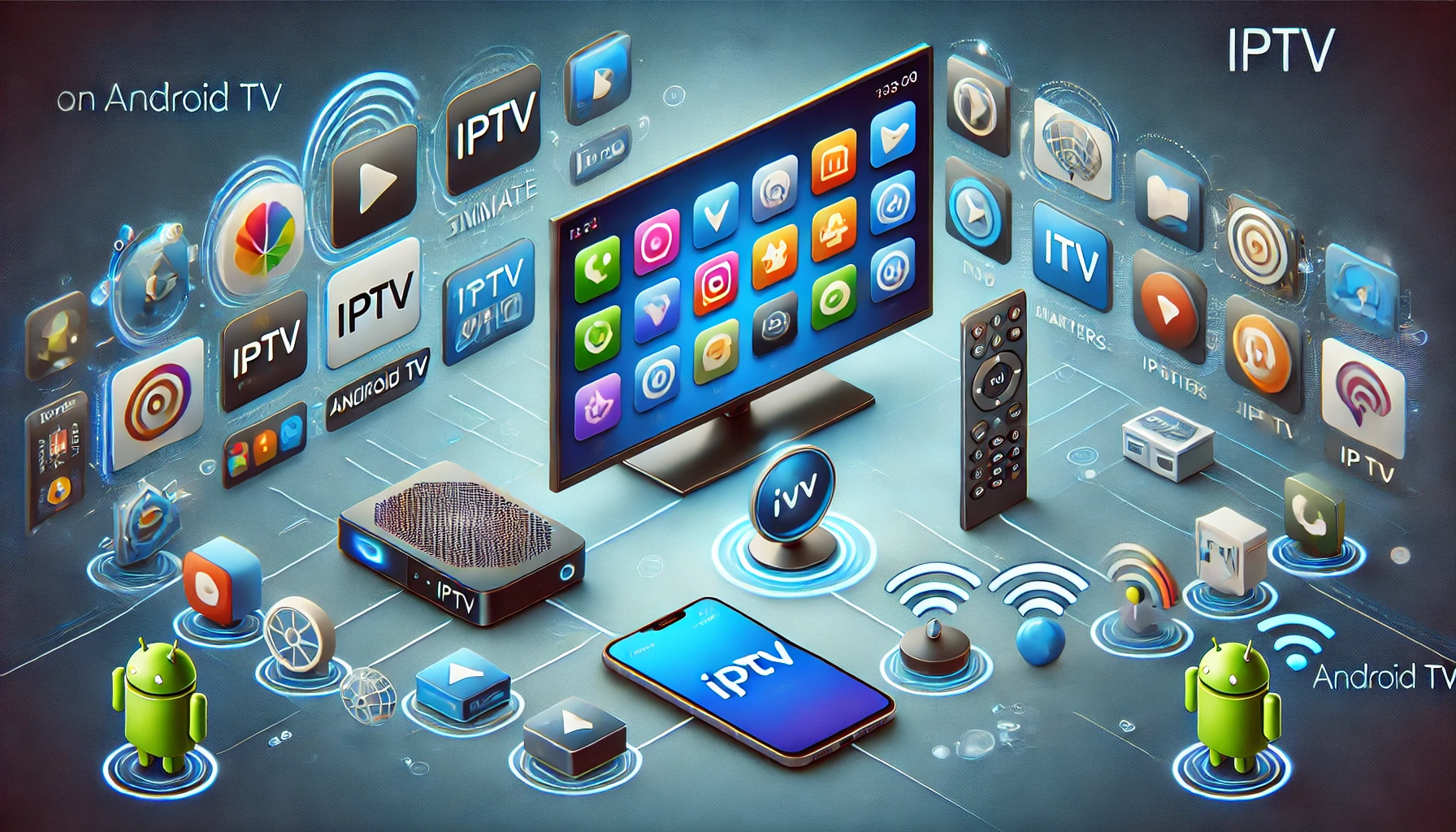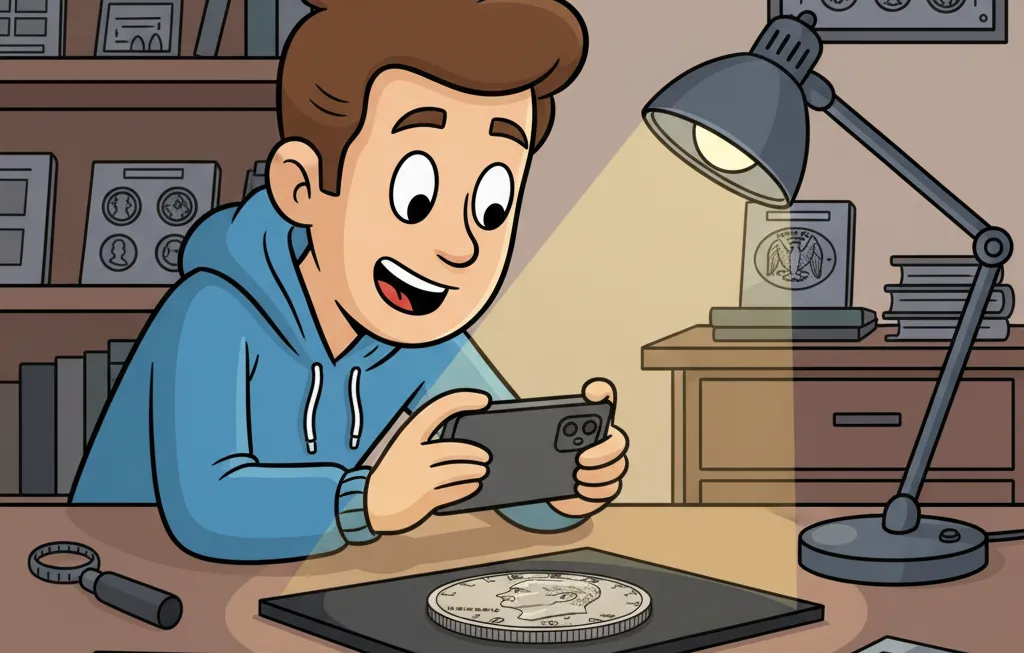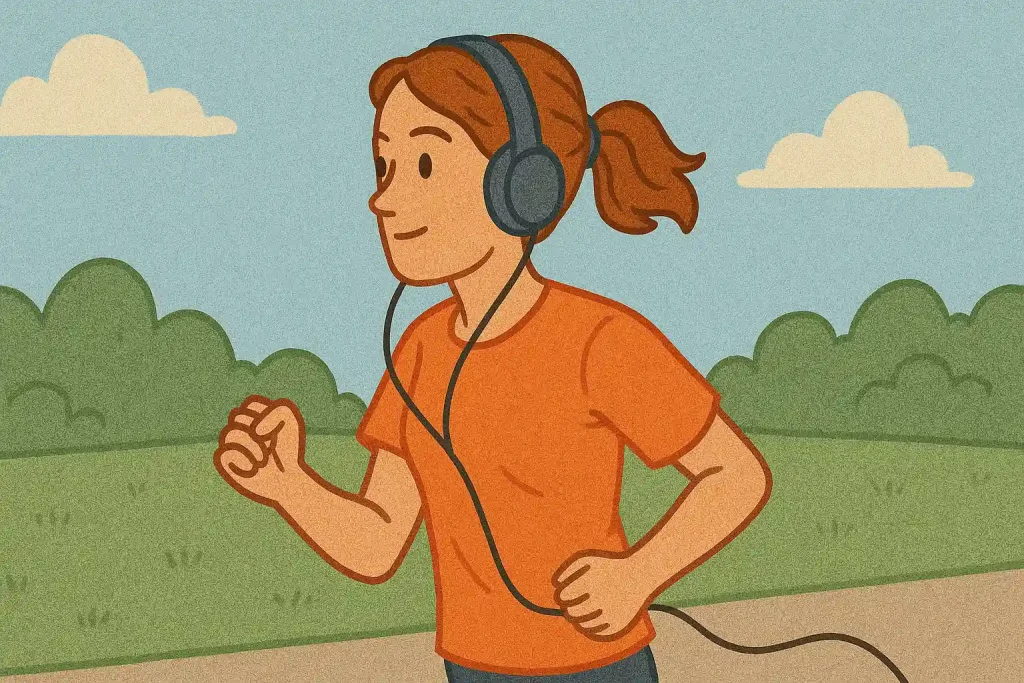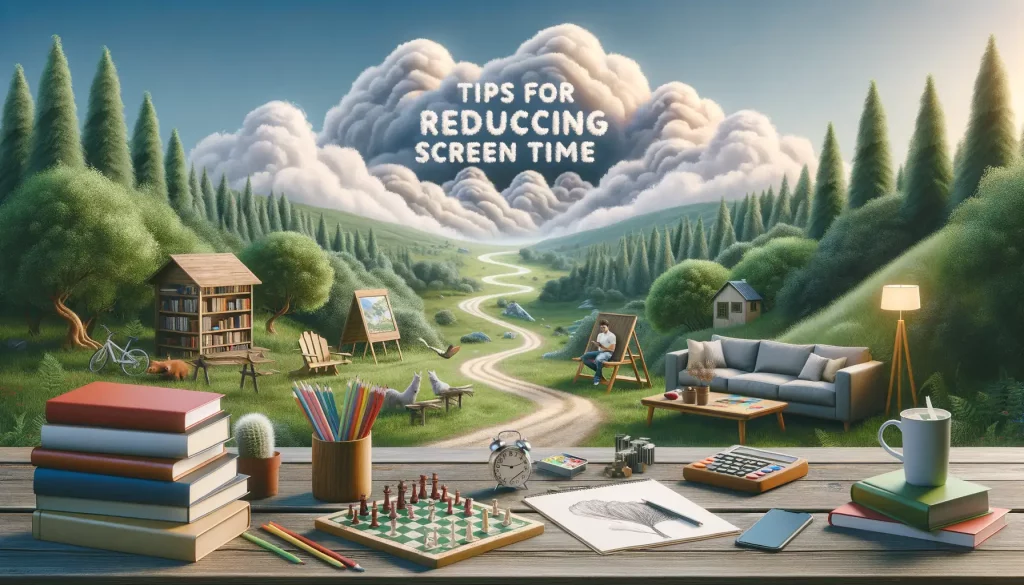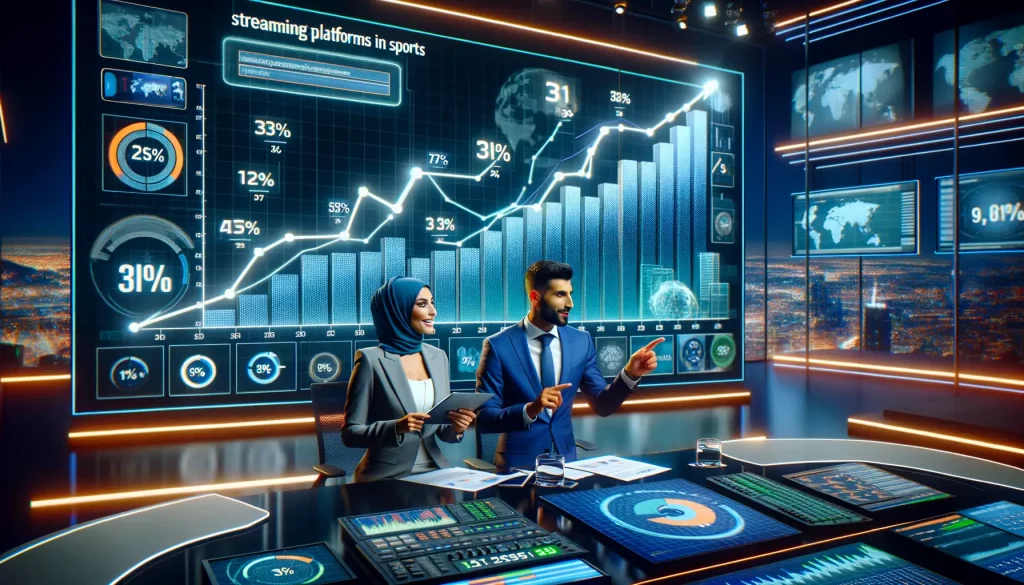The Evolution of Streaming Platforms
From DVDs to the Era of On-Demand Entertainment
Picture this: it’s the early 2000s, and families are huddled around their DVD players, buzzing with excitement over the latest movie rental from Blockbuster. Fast forward a decade, and suddenly, DVDs feel like relics buried in a time capsule. The rise of streaming platforms flipped everything on its head. No more late fees, no more scratched discs—just the freedom to watch *whatever we want* at the click of a button.
Netflix was the trailblazer, starting as a humble DVD mail service that transformed into a cultural phenomenon. Then came the domino effect—first Hulu, then Amazon Prime, and later tech giants like Disney+ and Apple TV+ joined the battleground. What began as a convenience for movie buffs became a full-blown revolution in how we devour media.
Want specifics? Here’s how streaming platforms shaped our habits:
- Accessibility: Binge-worthy shows available anywhere, anytime, on virtually any device.
- Personalization: AI algorithms crafting playlists that know your tastes better than your mother does.
- No commercials: Cutting out interruptions made us fall even harder for these platforms.
Streaming didn’t just offer content—it redefined what it meant to experience entertainment.
The Growing Demand for Original Content
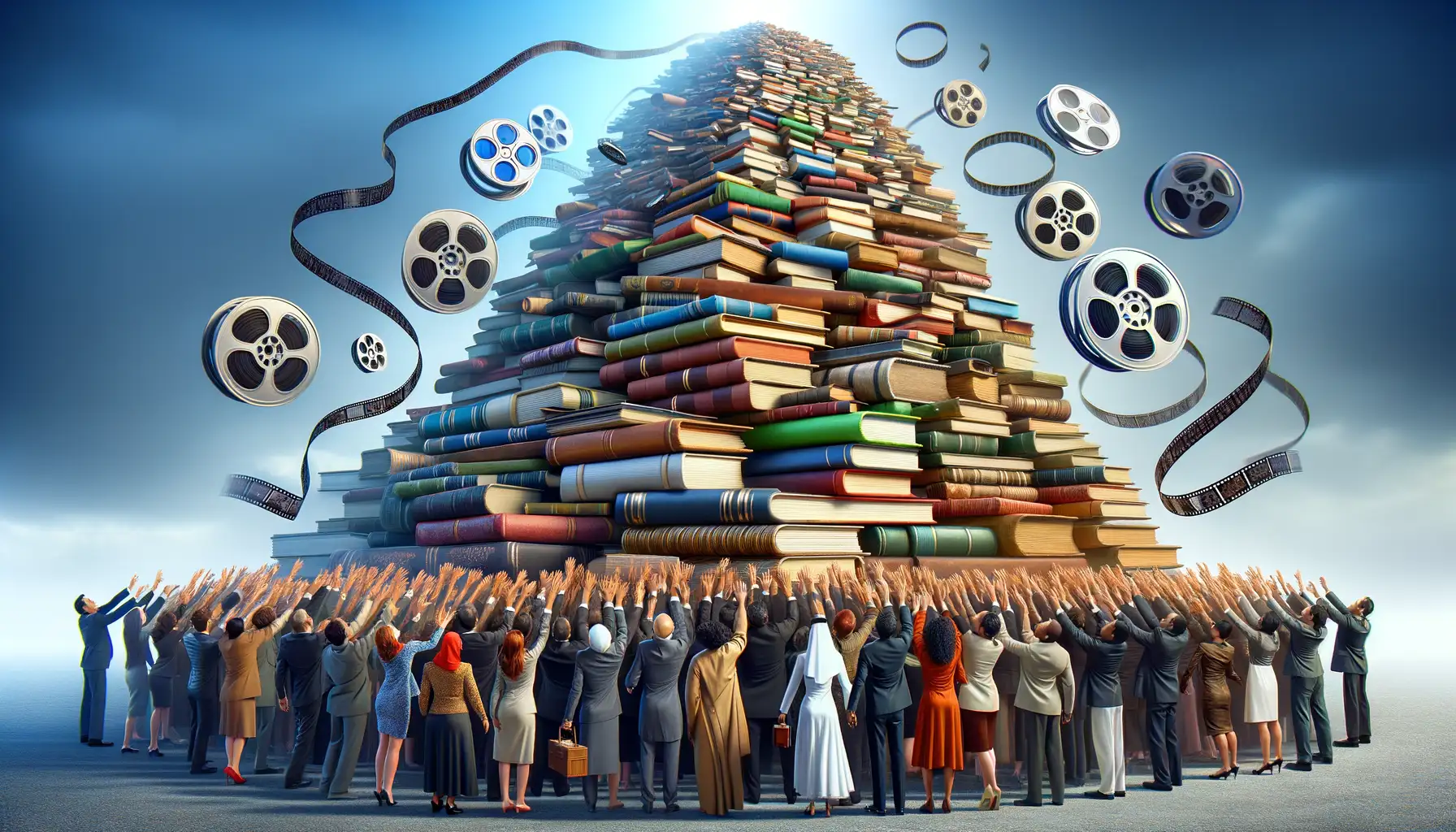
Why Viewers Crave Unique Stories
Streaming platforms are no longer just about convenience—they’re about *connection*. People aren’t just sitting down to watch; they’re hunting for stories that speak directly to them. And let’s face it, we’ve all had that moment of scrolling endlessly, skipping the cookie-cutter shows recycled from traditional networks. That hunger for something new? It’s what’s fueling the demand for original content.
Think about it: when a series like “Stranger Things” or “The Queen’s Gambit” drops, it’s not just TV—it’s a global phenomenon. Suddenly, you’re in a group chat bursting with “What did you think of THAT ending?” moments. Original content doesn’t just entertain; it starts conversations, creates fandoms, and stays with you long after the credits roll.
- These productions don’t follow the same tired tropes.
- They introduce fresh perspectives, unpredictable characters, and bold storytelling.
- And most importantly, they feel personal—crafted for an audience that demands more.
The Power of Exclusivity
Here’s the kicker: original programming gives streaming platforms their unique identity. Without it, they’re just one more channel lost in the sea of options. When viewers subscribe to Disney+ for “The Mandalorian” or flock to Apple TV+ for “Ted Lasso,” they’re buying into exclusivity. These shows don’t exist anywhere else—they’re the secret ingredient that keeps users loyal month after month.
Original content has become more than entertainment—it’s currency in the streaming wars. And as platforms continue to raise the stakes, it’s becoming clear: whoever tells the best story wins.
Key Players in the Original Content Revolution
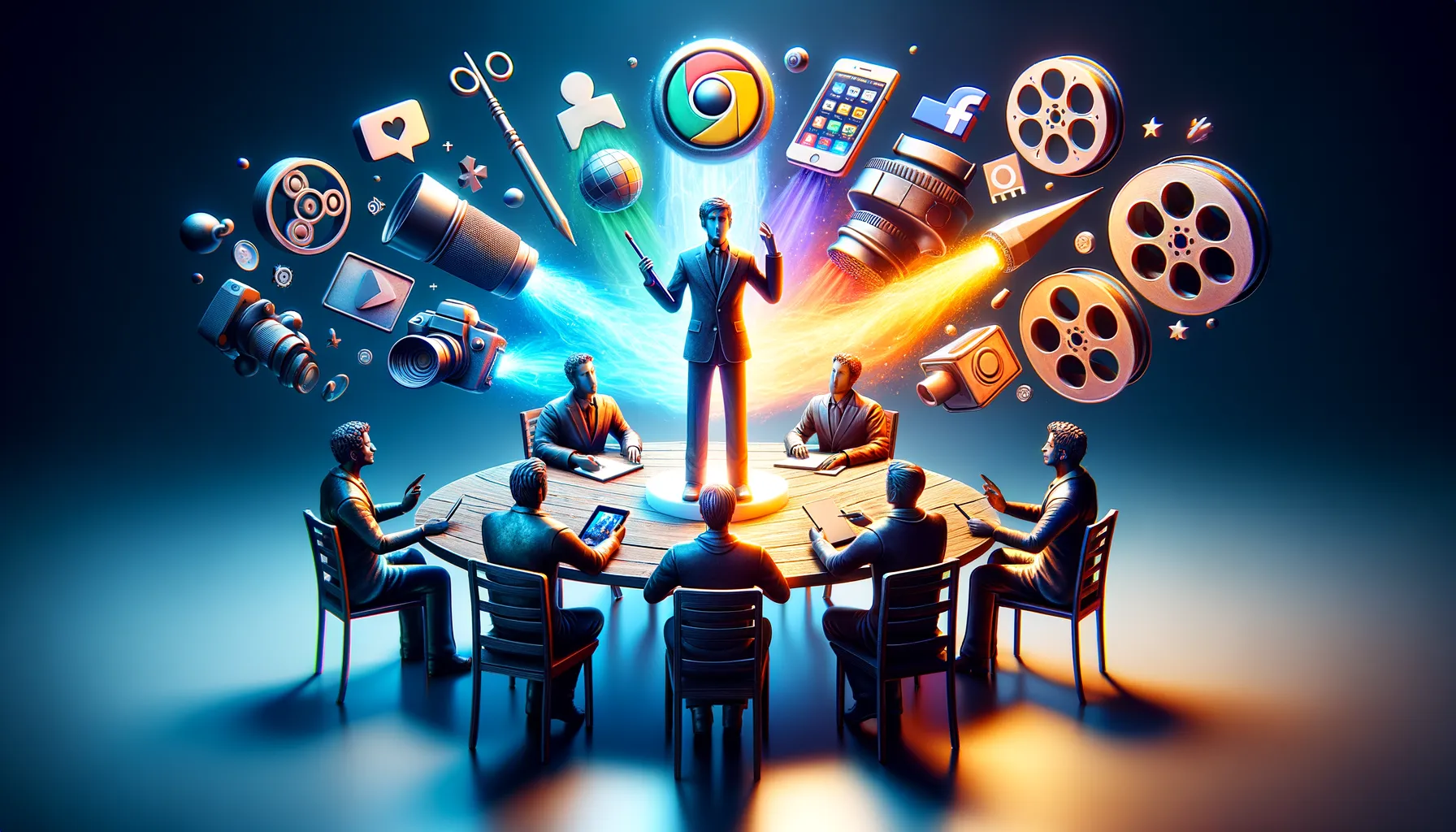
The Pioneers Who Changed the Game
The original content revolution didn’t happen overnight—it’s been driven by fearless innovators who dared to reimagine what entertainment could be. Let’s take a moment to appreciate these trailblazers shaping our binge-worthy world.
First up, we have Netflix, the undisputed juggernaut of this movement. Who can forget when they dropped “House of Cards” in 2013? It wasn’t just a show—it was their declaration of independence from recycled content. Suddenly, Netflix wasn’t just a streaming service; it was a storyteller. The gamble? It paid off big time.
Then came Amazon Prime Video, rolling in with an unlikely bet on high-quality originals like “The Marvelous Mrs. Maisel.” Their secret weapon? A focus on quirky, character-driven narratives that make viewers laugh, cry, and think.
Meanwhile, HBO Max carved out its niche as the connoisseur’s choice—”Succession,” anyone? It’s like they’re curating a gallery of TV’s boldest artists, all while holding a martini in one hand.
Let’s not forget Disney+, with its vault of magic—and its savvy dominance of nostalgia paired with powerhouse franchises like Marvel and Star Wars. They’re setting benchmarks, not just meeting them.
- Apple TV+: redefining minimalism; fewer shows, premium quality. “Ted Lasso,” we’re looking at you.
- Hulu: the hybrid genius, juggling acquired hits with cult-favorite originals like “The Handmaid’s Tale.”
These are the true architects of the streaming renaissance, each with their own distinctive flair, competing fiercely but feeding our insatiable craving for fresh stories. And isn’t that exactly what makes this era so thrilling?
The Impact on Traditional Media and Viewership
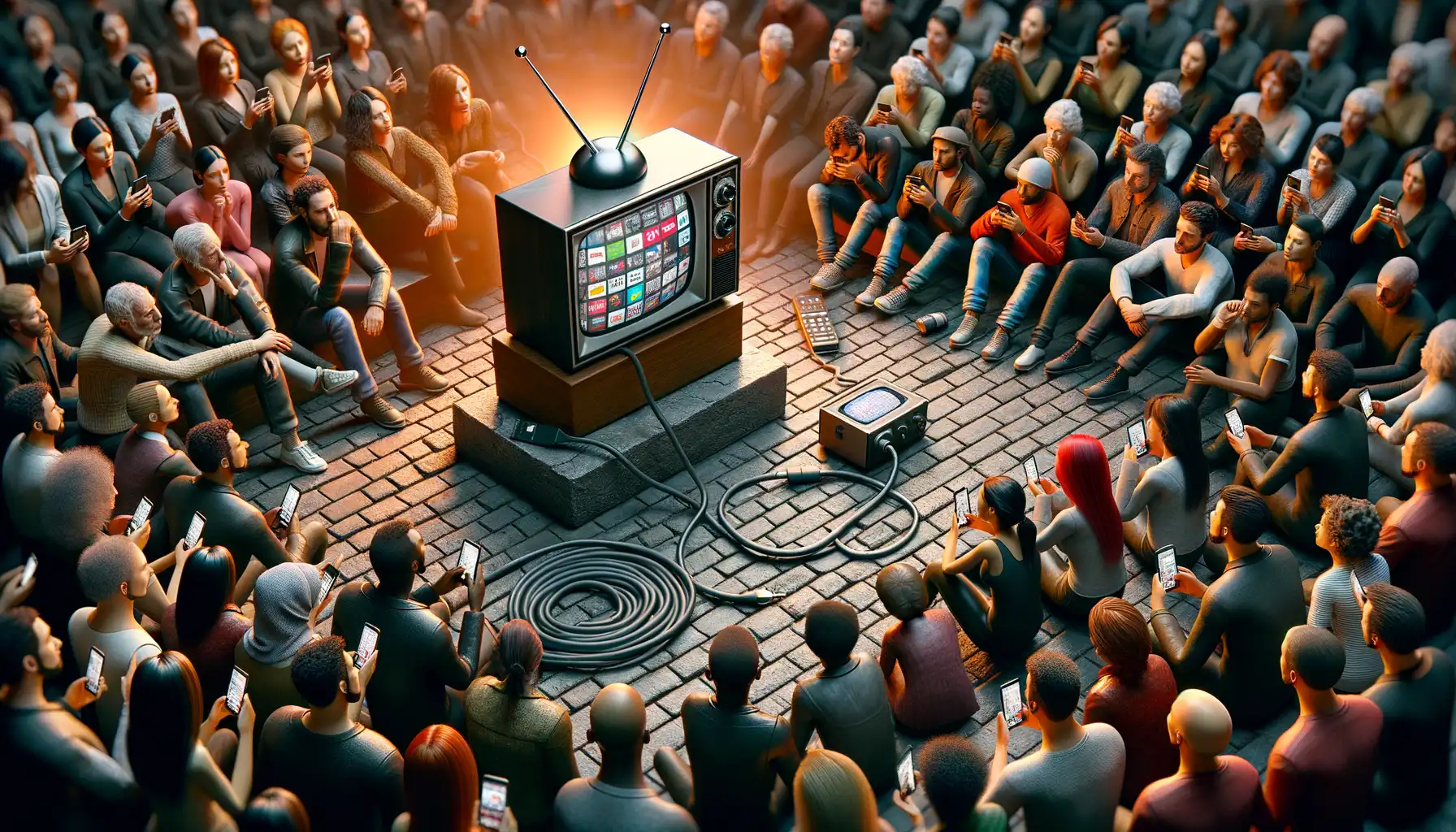
Where Have the Viewers Gone?
Picture this: a family huddling around their television set, eagerly awaiting the next episode of a primetime show. Fast forward to today, and that nostalgic scene feels like a relic of another era. The rise of streaming platforms has made traditional media feel a bit… well, like a dusty photo album in the digital age.
The shift is striking. Networks once ruled the airwaves, but now they’re struggling to compete with the sheer convenience of on-demand viewing. Why wait until 8 PM for your favorite sitcom when you can binge an entire season of original content on Netflix or HBO Max? The audience isn’t just wandering—they’re sprinting toward platforms that deliver personalized entertainment at lightning speed.
- Primetime television ratings? Declining faster than a New Year’s resolution post-January.
- Advertising dollars? Streaming services are siphoning them away with targeted, data-driven models.
- Box office hits? Competing with exclusive films being dropped straight onto streaming platforms.
The Emotional Toll – and the Opportunity
For longtime media giants, this isn’t just business—it’s personal. There’s a bittersweet quality to watching younger audiences abandon cable for streaming. But let’s be real: with platforms offering diverse stories from underrepresented creators, like Amazon Prime’s indie gems or Disney+ giving life to nostalgic favorites, who can blame them?
Traditional networks are left trying to adapt: launching their own platforms (hello, Paramount+) or co-producing shows to tap into the streaming craze. It’s a dance between reinvention and survival—a high-stakes performance where every misstep matters. And as viewers, we’re not just watching the change; we’re part of it, steering the industry one click at a time.
What the Future Holds for Streaming Services
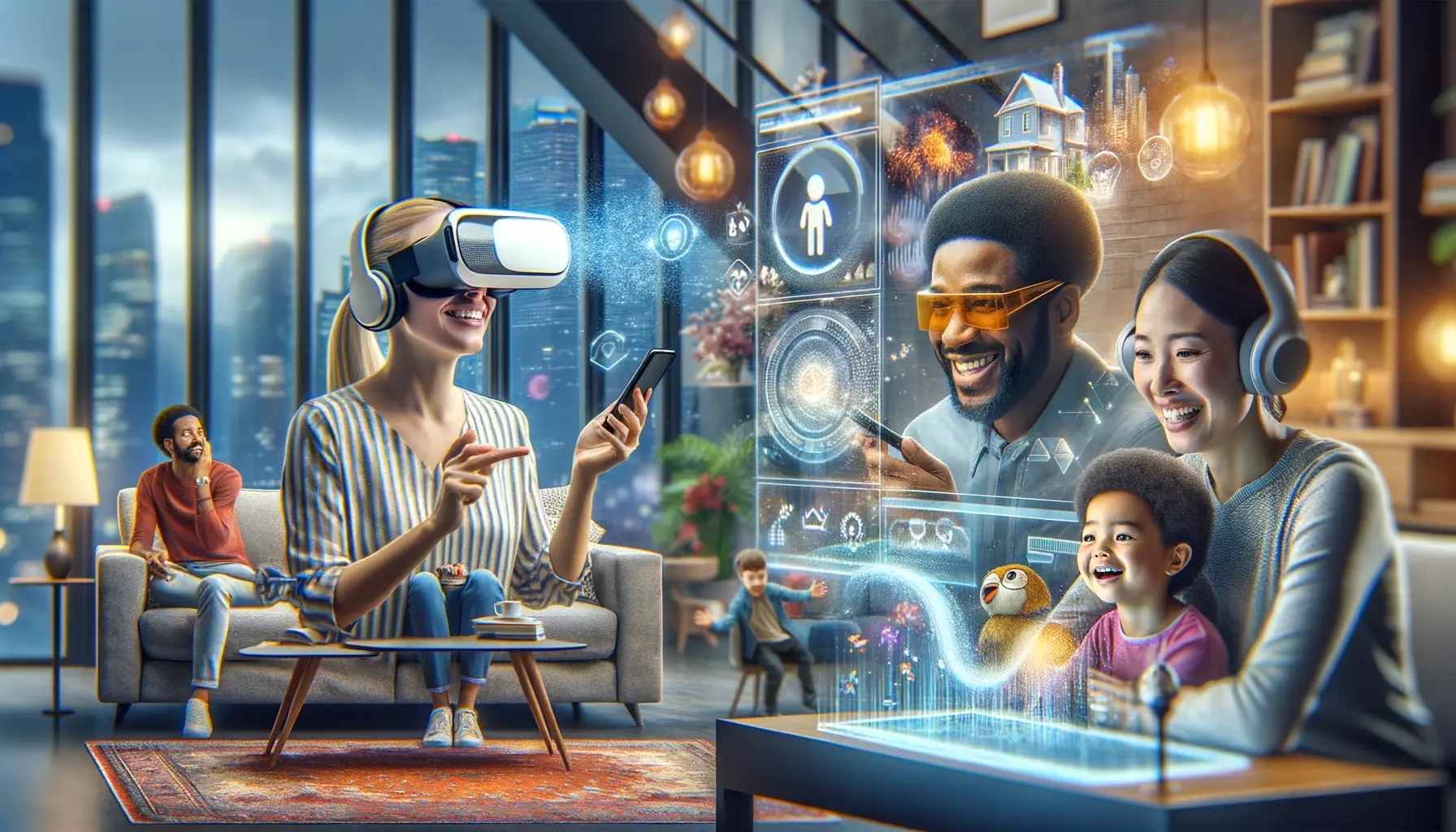
The Boundless Potential of Immersive Streaming
The future of streaming is like an unopened treasure chest—brimming with possibilities, and we’re all here for the unraveling! Picture this: interactive storylines where you decide the hero’s fate, hyper-personalized recommendations that feel like your best friend just handed you a remote, and dazzling virtual reality (VR) universes waiting for you to dive in. Streaming platforms aren’t just content libraries anymore; they’re morphing into entertainment playgrounds. Think of Netflix rewiring its algorithm to predict not just what you like, but what you’ll *love*.
And let’s not forget the rise of AI-assisted content creation. Imagine a future where AI works arm-in-arm with filmmakers to craft gripping scripts or designs breathtaking digital landscapes. It’s not science fiction—it’s closer than you think!
- Live-streamed concerts, where you can switch between camera angles or even share a “digital front-row seat” with friends.
- Gaming integrated directly into platforms, blurring the lines between binge-watching and playing.
- Localized, exclusive original content tailored to niche audiences—like never-before-seen indie gems from hidden corners of the world.
Breaking Borders, Breaking Barriers
Streaming isn’t just about what you watch anymore—it’s transforming how you connect. We’re entering an age where geography means nothing. Take Disney+, for instance: it’s not only sharing western blockbusters with the globe but also bringing international hits, like South Korea’s rich dramas, to your living room. Platforms are becoming cultural bridges, knocking down walls between viewers around the world.
But here’s the kicker: as household screens multiply (hello, smart TVs, tablets, and even wearables), the lines between media consumption and daily life blur further. Soon, streaming might sync seamlessly with our routines—think a cooking show that adjusts its pace with your chopping speed. The future of streaming isn’t something we’ll passively observe; it’s an immersive experience designed for *you*!

